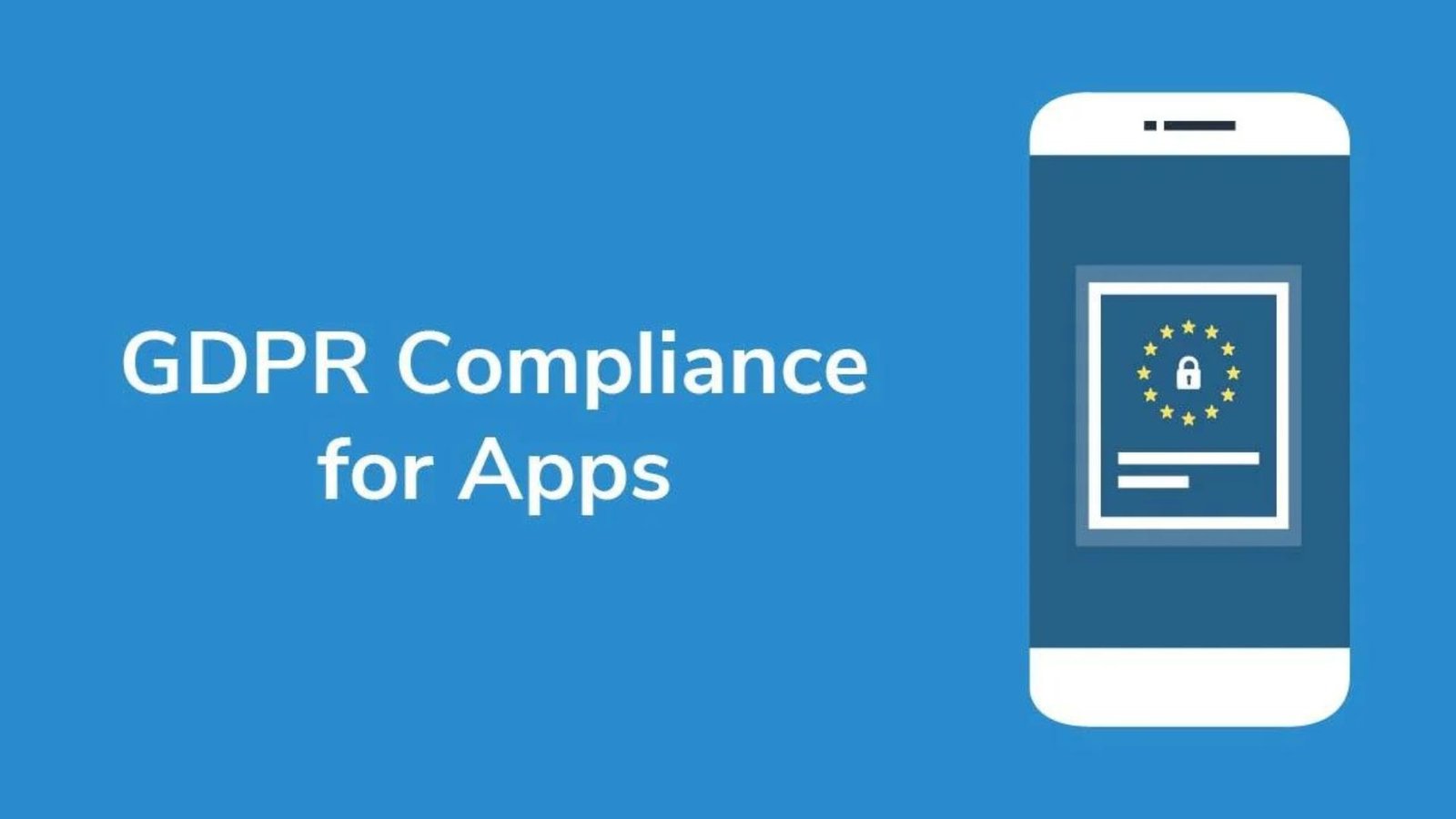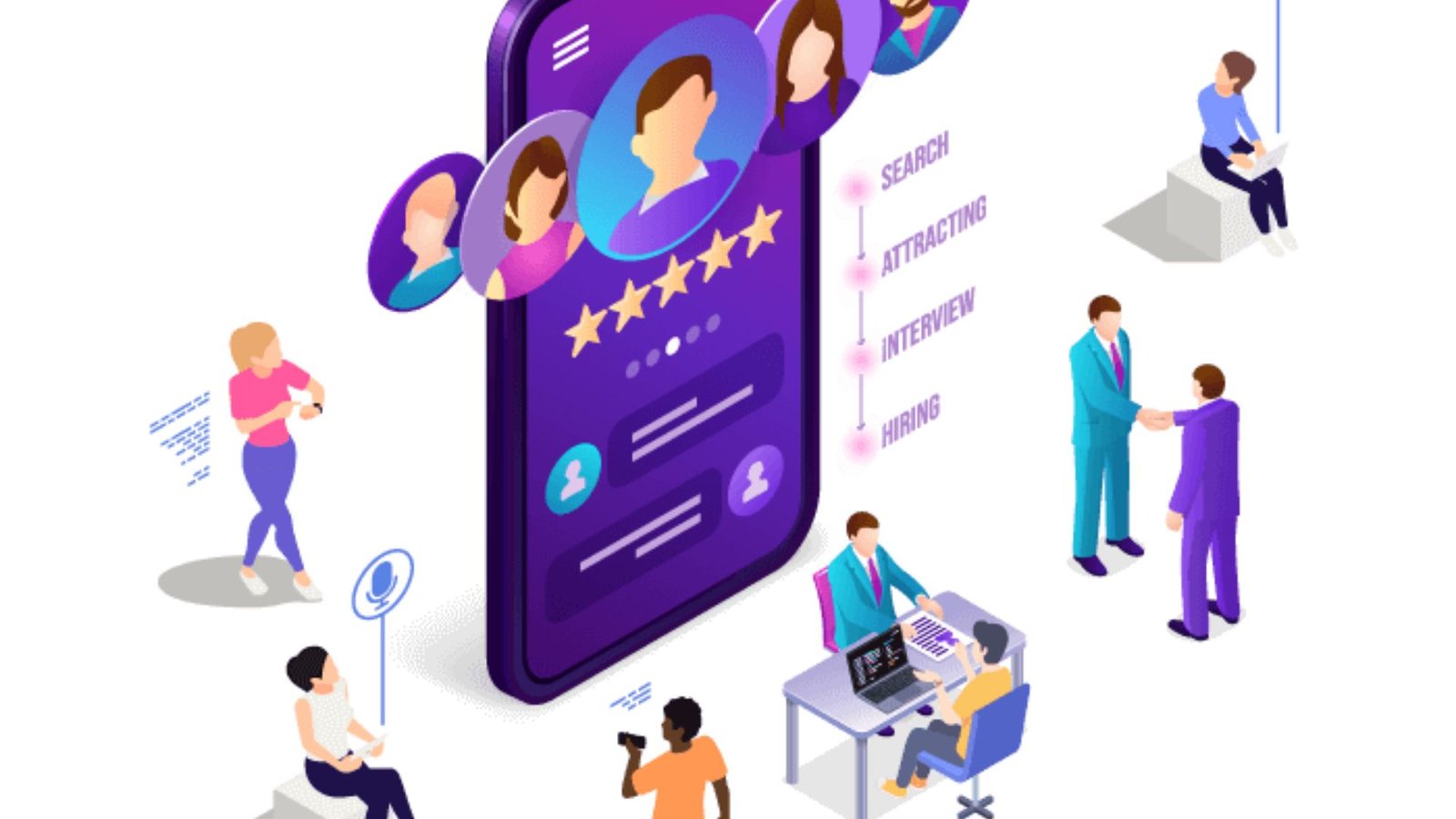The General Data Protection Regulation (GDPR) is a comprehensive data protection law that applies to businesses handling personal data of individuals in the European Union (EU). Ensuring your app is GDPR compliant is essential for protecting user privacy and avoiding significant fines. Here’s a detailed guide on how to ensure your app meets GDPR requirements.

Understand GDPR Requirements
Data Protection Principles: Familiarize yourself with the core principles of GDPR, which include data minimization, accuracy, storage limitation, and integrity. Ensure that your app adheres to these principles by only collecting necessary data and safeguarding it properly.
User Consent: Obtain explicit consent from users before collecting or processing their personal data. Consent must be freely given, specific, informed, and unambiguous. Users should also be able to withdraw their consent at any time.
Data Subject Rights: Understand the rights of data subjects under GDPR, including the right to access, rectify, erase, restrict processing, and data portability. Ensure your app provides mechanisms for users to exercise these rights.
Conduct a Data Audit
Identify Data Collection: Review what personal data your app collects, how it is processed, and where it is stored. This includes data collected through forms, user profiles, and tracking technologies.
Data Mapping: Create a data inventory or map to track how data flows through your app and systems. Document data sources, processing activities, storage locations, and third-party sharing.
Assess Data Risks: Evaluate the risks associated with data processing and identify potential vulnerabilities. Consider both the likelihood and impact of data breaches or misuse.
Implement Data Protection Measures
Data Encryption: Use encryption to protect personal data during transmission and storage. This helps prevent unauthorized access and ensures data confidentiality.
Access Controls: Implement strict access controls to limit who can access personal data. Use authentication mechanisms to verify user identities and ensure that only authorized personnel handle sensitive information.
Data Anonymization: Where possible, anonymize or pseudonymize personal data to reduce the risk of identification. This is particularly useful for data used for analysis or research.
Secure Data Storage: Ensure that personal data is stored securely, with measures such as encryption and secure servers. Regularly update and patch your systems to protect against vulnerabilities.
Update Privacy Policies and Notices
Privacy Policy: Update your app’s privacy policy to clearly explain how personal data is collected, used, stored, and shared. Include information about users’ rights and how they can exercise them.
Cookie Notices: If your app uses cookies or similar tracking technologies, provide clear and concise cookie notices. Obtain consent from users before placing non-essential cookies and provide options to manage cookie preferences.
Data Processing Agreements: If you work with third-party vendors or service providers who process personal data on your behalf, ensure you have data processing agreements in place. These agreements should outline data protection responsibilities and compliance with GDPR.
Implement Data Breach Procedures
Incident Response Plan: Develop a data breach response plan outlining steps to take in the event of a data breach. This includes notifying affected individuals and relevant authorities within 72 hours, as required by GDPR.
Breach Notification: Ensure that your app has procedures for detecting, reporting, and managing data breaches. Inform users about breaches that may affect their personal data and provide guidance on how to protect themselves.
Regular Testing: Conduct regular security testing and vulnerability assessments to identify and address potential risks. This includes penetration testing and reviewing security logs for suspicious activities.
Train Your Team
Employee Training: Provide GDPR training for your team to ensure they understand data protection principles and their responsibilities. This includes training on data handling practices, security measures, and privacy policies.
Data Protection Officer (DPO): Consider appointing a Data Protection Officer if required. The DPO will oversee GDPR compliance, manage data protection activities, and act as a point of contact for data subjects and regulatory authorities.
Review and Update Regularly
Continuous Monitoring: Regularly review and update your app’s data protection practices to ensure ongoing compliance with GDPR. Monitor changes in data processing activities, legal requirements, and industry standards.
Compliance Audits: Conduct periodic GDPR compliance audits to assess your app’s adherence to regulations. Address any identified issues and implement corrective actions as needed.
User Feedback: Collect and act on feedback from users regarding data protection practices. Use this feedback to improve your app’s compliance and user trust.
Conclusion
Ensuring GDPR compliance for your app involves understanding the regulation, conducting thorough data audits, implementing robust data protection measures, updating privacy policies, and training your team. By following these steps and maintaining a proactive approach to data protection, you can safeguard user privacy, build trust, and avoid potential penalties for non-compliance.




